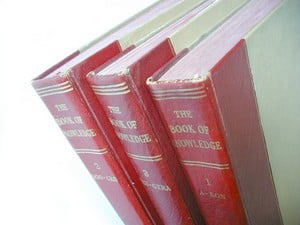Mules and Men is broken into two parts. The first part is a compilation of folktales, often called “lies” by the tellers, collected by Zora Neale Hurston during time spent in and near her hometown of Eatonville, Florida. The second part of the book is a compilation of information the author learned under the study of several Hoodoo doctors in New Orleans, Louisiana. The purpose of the book seems to be to show the readers the real culture of her fellow Southern African Americans. In particular, the second part of the book is devoted to hoodoo in order to show what hoodoo really is and disproves the “voodoo ritualistic orgies of Broadway and popular fiction” (p. 185).
In order to gather information for her book, Hurston traveled back to her hometown to record the “lies” told by those there. She also spent time with men at a sawmill gathering stories from them as they worked, a natural setting for them to tell them. For the second part of the book she traveled to New Orleans, the city that “is now and has ever been the hoodoo capital of America.” There she studied under various hoodoo doctors and became initiated by them.
The two parts of the books have very different grammatical structures. The first part is written in the same dialect that the stories are told resulting in it being very confusing to read for someone used to a very different grammar structure. The way it is written, although confusing, does a good job of connecting the reader to the storytellers and giving them the feeling of hearing them firsthand. The second part is written in a more scholarly format. This allows the reader to take the author seriously and be open to understanding what the author reveals about the true way hoodoo is practiced.
The author’s main argument is in the second part of the book, where she reveals that true way hoodoo is practiced in America. She gives the best support for her argument by going out and actually studying to become a hoodoo doctor herself. She further supports her argument by studying under various hoodoo doctors resulting in giving the reader an idea of the diversity of the way it is practiced, but also revealing similarities between the different practices.
Overall I think that Hurston’s book, Mules and Men, is a valuable contribution to the study of African American culture, especially the practice of hoodoo. Her unique perspective as an insider in the practice of hoodoo reveals to the reader what hoodoo practices really are. The only thing that appears to be missing in her argument that hoodoo is not like it is portrayed in the popular media is that she barely gives the reader an idea of how the popular media falsely portrays hoodoo practices. I believe her two sentences stating what hoodoo is not do not help the reader understand fully what she is trying to discredit.
Hurston, Zora Neale. Mules and Men. New York: Harper & Row, 1935.


